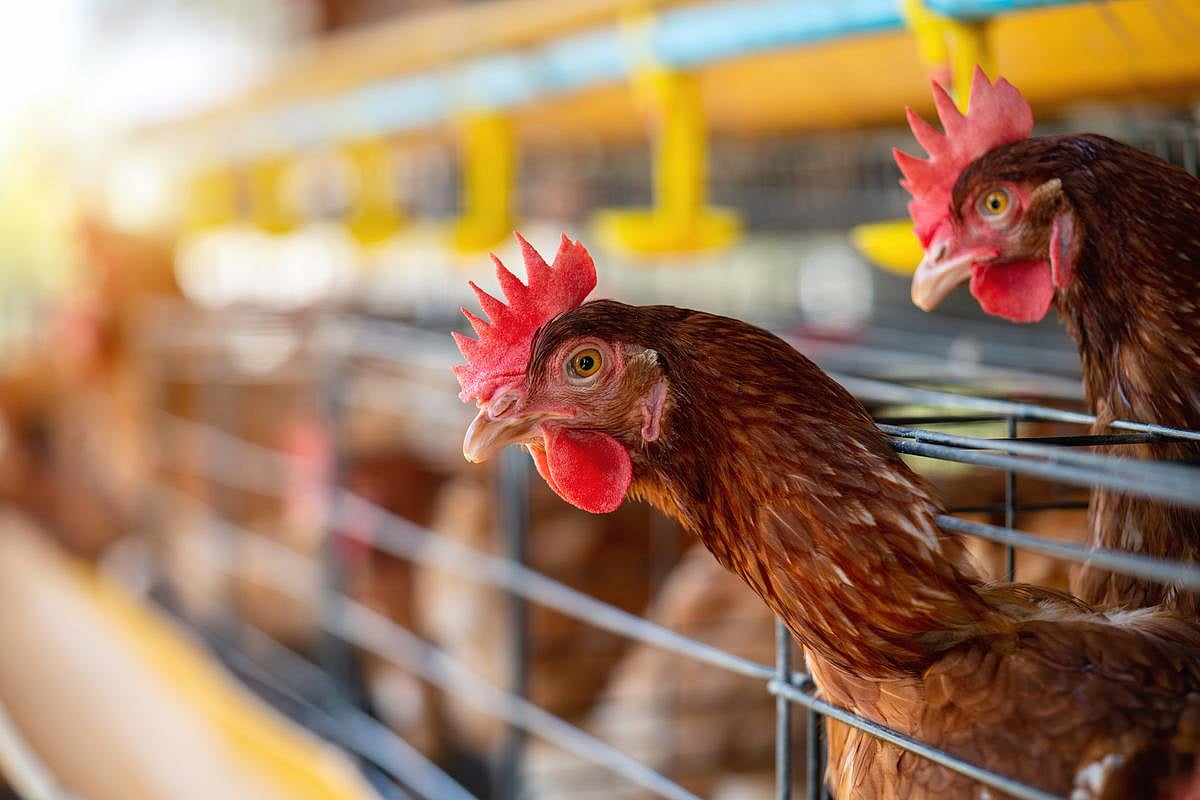Get Healthy!

- Robin Foster
- Posted September 30, 2024
Cluster of 8 Possible Human Bird Flu Cases Now Reported in Missouri
In what could be the first cases of bird flu spreading between humans in the United States, a group of potential H5N1 infections in Missouri has now grown to eight.
Antibody tests to confirm any H5N1 infection are still pending.
After a patient with bird flu was hospitalized last month, state and federal health officials first determined the patient may have infected one household member and two hospital workers.
However, "Missouri has since identified four additional health care workers who later developed mild respiratory symptoms," the U.S. Centers for Disease Control and Prevention said in a health alert issued Friday.
"One of these workers was in the higher risk category and provided a blood specimen for H5 antibody testing," the agency added. "Three of these workers are among 94 workers who were exposed to the hospitalized case of avian influenza A[H5] after droplet precautions were instituted [i.e., lower risk exposure]; blood specimens for those who became symptomatic have been collected for H5 antibody testing at CDC."
If cases of bird flu among these health care workers are confirmed with antibody testing, it could mean the virus may be starting to spread among humans. Worldwide, most cases have come from close contact with infected birds.
“We should be very concerned at this point,” Dr. James Lawler, co-director of the University of Nebraska’s Global Center for Health Security, told the New York Times. “Nobody should be hitting the panic button yet, but we should really be devoting a lot of resources into figuring out what’s going on.”
If bird flu infection is confirmed among these patient contacts, “it means the virus is inching closer and closer to what would be a real pandemic virus,” Lawler added. “That is when Pandora’s box is open.”
There have been 13 other confirmed cases of human bird flu confirmed in this country since an outbreak in dairy cattle first surfaced in March. However, all of those cases were linked to infected dairy cows or poultry. Meanwhile, Missouri has not reported any infected herds, and the hospitalized patient had no known contact with cows or birds.
The Missouri patient, who had underlying medical conditions, was first hospitalized in August and tested positive for the bird flu virus. The person has since recovered, the CDC said in a statement on the case.
Earlier this month, CDC Principal Deputy Director Dr. Nirav Shah stated on a media call that none of the patient’s close contacts showed signs or symptoms of illness, calling the case a possible “one-off.”
To try to determine whether bird flu is spreading between humans, the CDC has drawn blood samples from the Missouri patient and the household contact, to test for antibodies that could point to an H5N1 infection. Still, test results could take several weeks, the agency noted.
Dr. Matthew Binnicker, director of the clinical virology laboratory at the Mayo Clinic, said the Missouri patient and the household contact may have been infected by the same source, or one might have transmitted it to the other. Both of those scenarios point to potential human-to-human spread.
“I’m really hoping that they ultimately find out that there was some likely animal exposure, because the alternative is a little bit scary,” Binnicker told NBC News.
But Dr. William Schaffner, an infectious disease expert at Vanderbilt University Medical Center in Nashville, Tenn., said if the virus has transmitted from person to person, it doesn’t necessarily mean it has become more transmissible among humans.
“Bird flu infections can be transmitted in a very limited fashion to people who have very close contact with the original patient,” Schaffner told NBC News. “That doesn’t mean that virus has picked up the genetic capacity to spread readily.”
Still, all the previous bird flu infections were among people who worked around cows and poultry, so the Missouri case raises concerns about human transmission of the virus.
Bird flu has now been detected in over 200 dairy herds in 14 states; it has also been found in commercial and backyard flocks and in wild birds.
More information
The CDC has more on bird flu.
SOURCES: U.S. Centers for Disease Control and Prevention, weekly flu updates, Sept. 6, Sept. 13, Sept. 20 and Sept. 27, 2024; NBC News; New York Times

